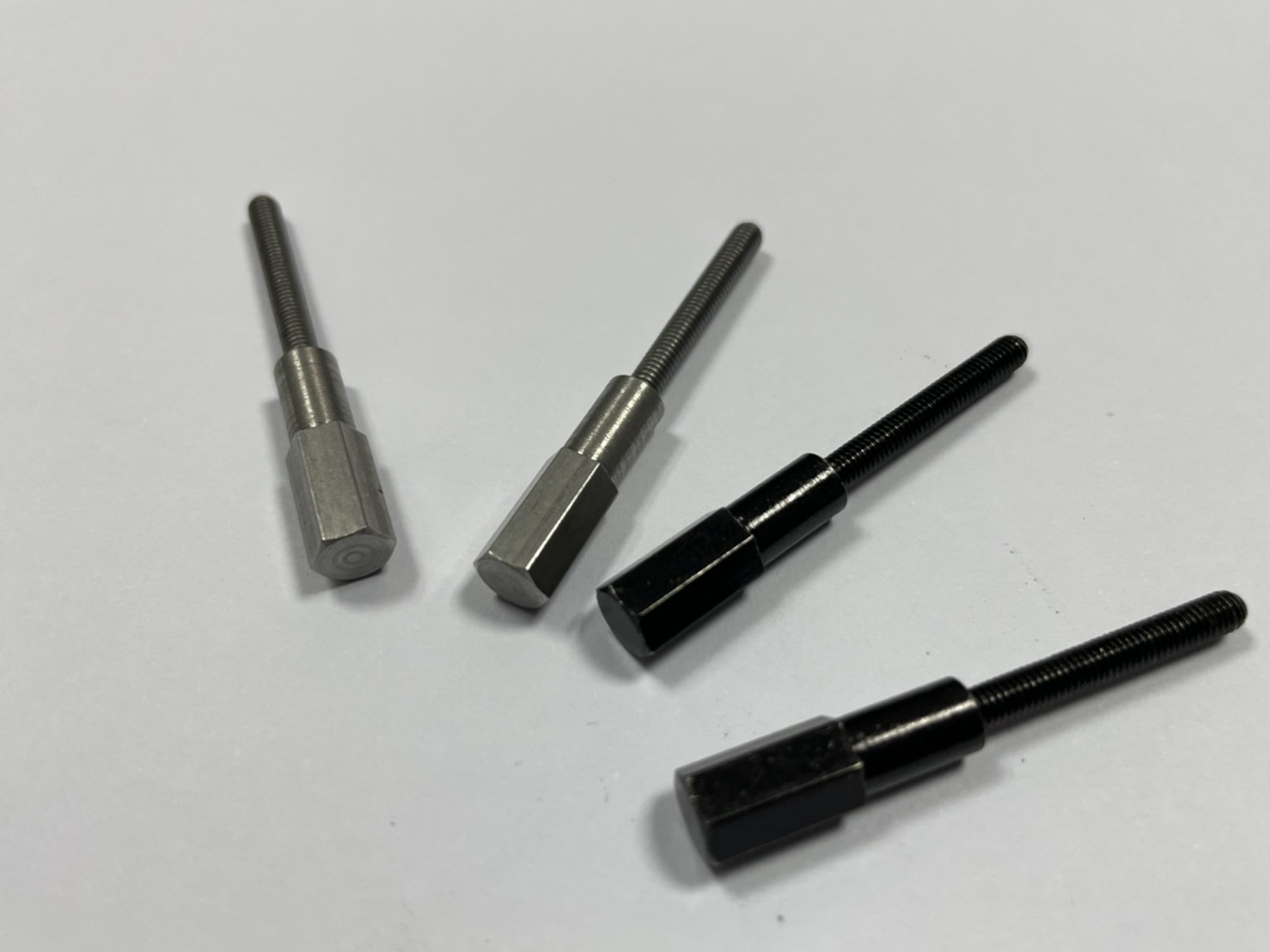Using different types of fasteners can often be confusing, and incorrect use of fasteners can ultimately lead to damage, failures, and safety risks. To avoid such situations, individuals should have a basic understanding of the fundamentals and common mistakes to avoid during the fastening process. When people understand how to use different types of fasteners properly, their work is more likely to be successful and effective.
Here are four common mistakes to avoid during the fastening process:
Choosing the Wrong Material:
Fasteners are made from various materials. Just as important as selecting the right type of fastener for the project is choosing the correct material for the fastener. Some metals can corrode when combined incorrectly, such as the combination of aluminum and steel (carbon steel or stainless steel). Environmental conditions can also weaken material strength over time.
It's best to understand the factors that affect material integrity and research the properties of metals and their load-bearing capacities.
Ignoring Dimensional Accuracy:
There are many factors that can contribute to assembly damage and failures, and one of them is not using the correct size and dimensions of fasteners. The size of fasteners determines the stability of the connection between two objects. If a bolt is longer than it should be, it can result in uneven load distribution, ultimately leading to parts loosening. When this happens, fasteners either fail or cause corrosion in materials within a shorter lifespan.
Researching and planning the size requirements for your project before starting is the best approach for every fastening job.
Using the Wrong Tools:
Using the wrong tools during the fastening process can negatively impact the installation of each fastener. Fasteners typically have specific drive types on their heads to help you determine the correct driver tool to use. Using the wrong tool often leads to loose assemblies or improperly fastened parts.
Additionally, using impact tools on screws can damage their structural integrity, making fastening difficult and causing uneven load distribution. All of this can lead to damage and failures.
Over-Tightening:
Workers are often reminded not to over-tighten fasteners as this can lead to problems. For example, over-tightening washers can subject them to excessive pressure and stress, which can affect their performance. If used as sealing materials, they may not withstand the extra pressure and may corrode faster than usual.
It's important to strike a balance between ensuring a secure connection and avoiding over-tightening, especially when dealing with gaskets, seals, and delicate materials.
I hope this information is helpful in ensuring that common mistakes are avoided during the fastening process.
